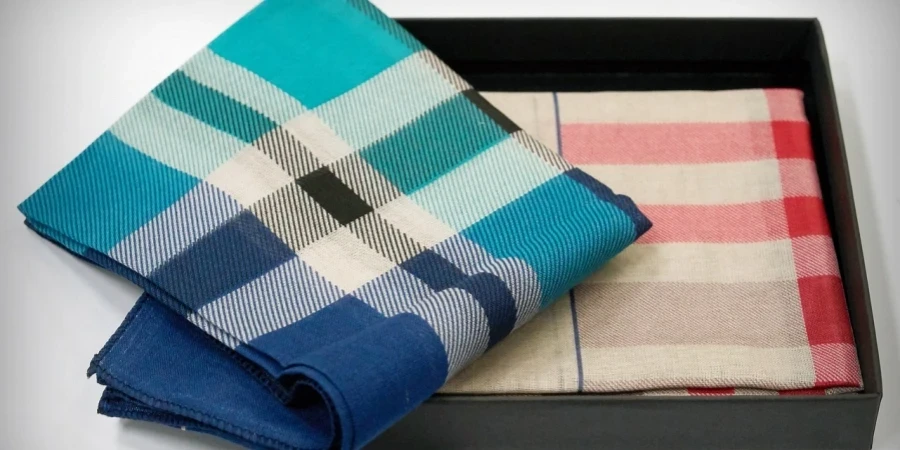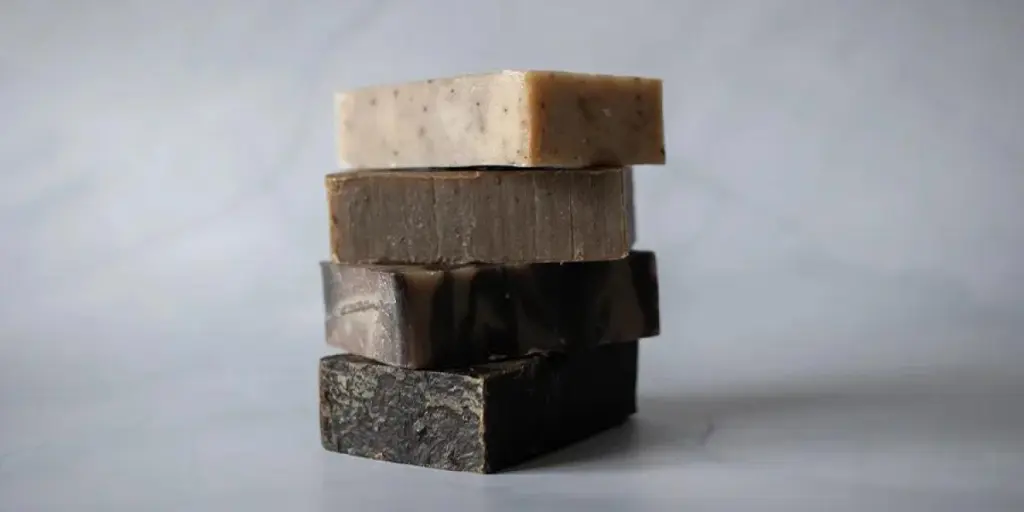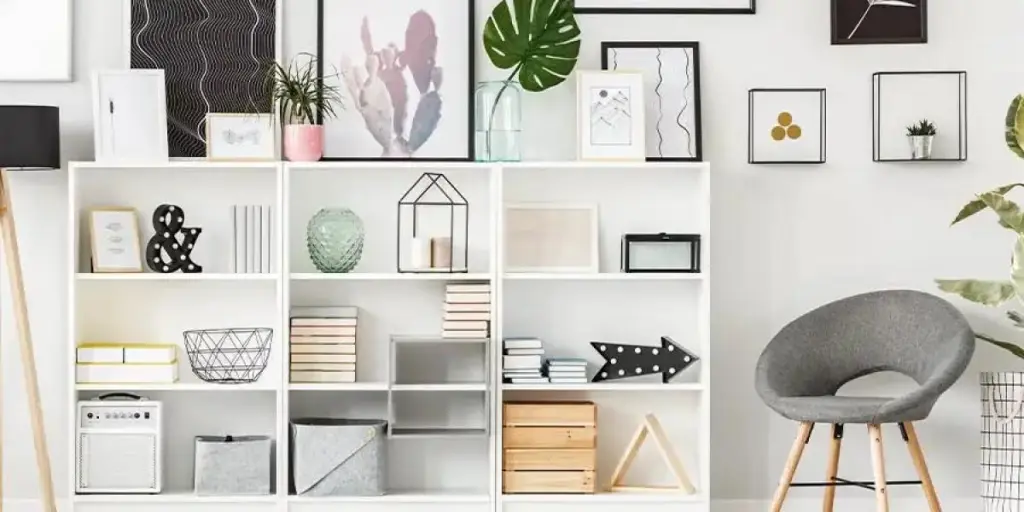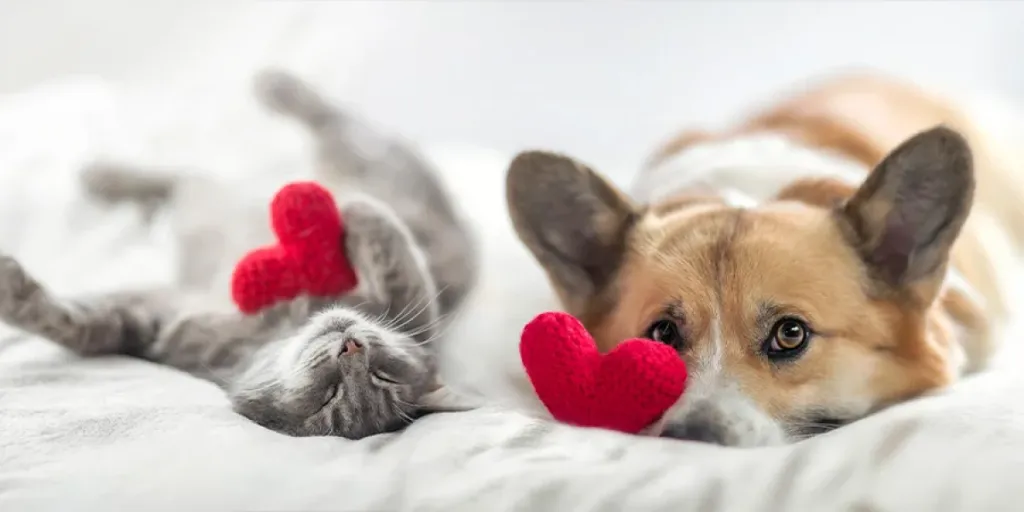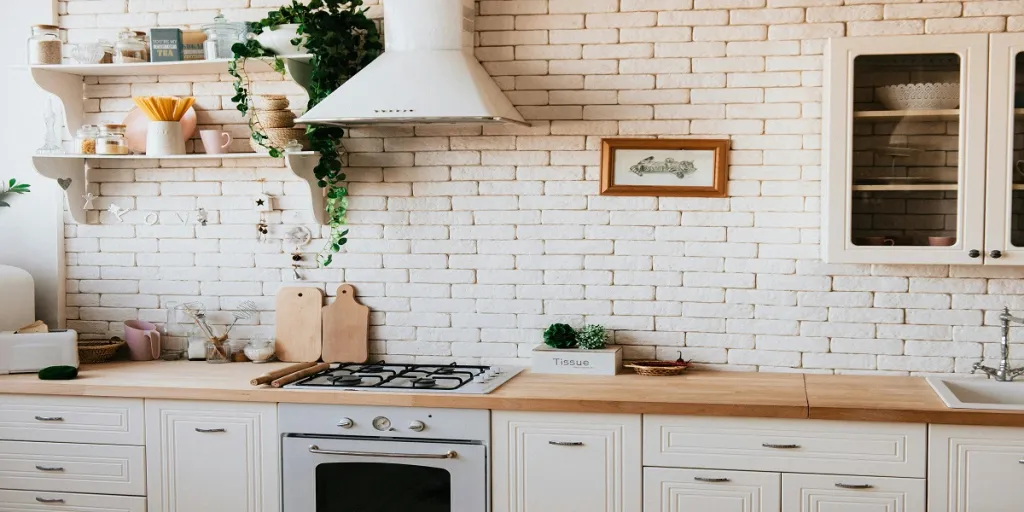Premium handkerchiefs have evolved into essential accessories, combining utility with a touch of elegance, making them a choice for both everyday use and upscale markets. As trends in hygiene and sustainable products grow, handkerchiefs offer a reusable and eco-friendly alternative, resonating with environmentally conscious buyers. The rise in demand spans beyond practicality, as these items now serve as style statements in fashion and corporate settings alike. For professional buyers, understanding the market shifts and consumer preferences in this niche can unlock valuable insights into product offerings. This article provides a comprehensive look at the current market, types, and considerations essential for selecting premium handkerchiefs with lasting appeal.
Table of Contents
● Market overview: the rise of premium handkerchiefs
● Exploring different types and their unique features
● Essential factors when choosing premium handkerchiefs
● Conclusion
Market overview: the rise of premium handkerchiefs

Growth and scale
The global market for premium handkerchiefs has shown impressive growth, with a valuation of $11.6 billion in 2023 and projections to reach $14.7 billion by 2030. This growth represents a compound annual growth rate (CAGR) of 4.8% for the period from 2024 to 2030, reflecting rising interest in sustainable, reusable alternatives to disposable products. According to Verified Market Reports, this increase is driven largely by consumer trends prioritizing hygiene and environmental consciousness, positioning premium handkerchiefs as a staple in both luxury and personal care segments.
Key regions and market shifts
The demand for premium handkerchiefs is particularly strong in North America and Europe, where luxury fabric options are popular among eco-conscious and high-end consumers. However, the Asia-Pacific region is experiencing the fastest growth, anticipated to reach a CAGR of 6.5% in coming years, spurred by rising disposable incomes and cultural interest in gifting traditional handkerchiefs. According to Verified Market Reports, this regional growth aligns with an increasing market focus on affordable yet premium-quality products, catering to a broad range of consumer needs.
Market drivers
Several factors contribute to the premium handkerchief market’s expansion. Notably, the global emphasis on personal hygiene has elevated handkerchiefs from a luxury item to a necessary personal care product. The preference for sustainable and reusable textiles has also spurred demand, with consumers gravitating toward materials such as organic cotton, linen, and silk as eco-friendly alternatives. Furthermore, the versatility of premium handkerchiefs across fashion, healthcare, and hospitality industries highlights their renewed relevance, making them a favored choice among consumers aiming for both style and practicality.
Exploring different types and their unique features
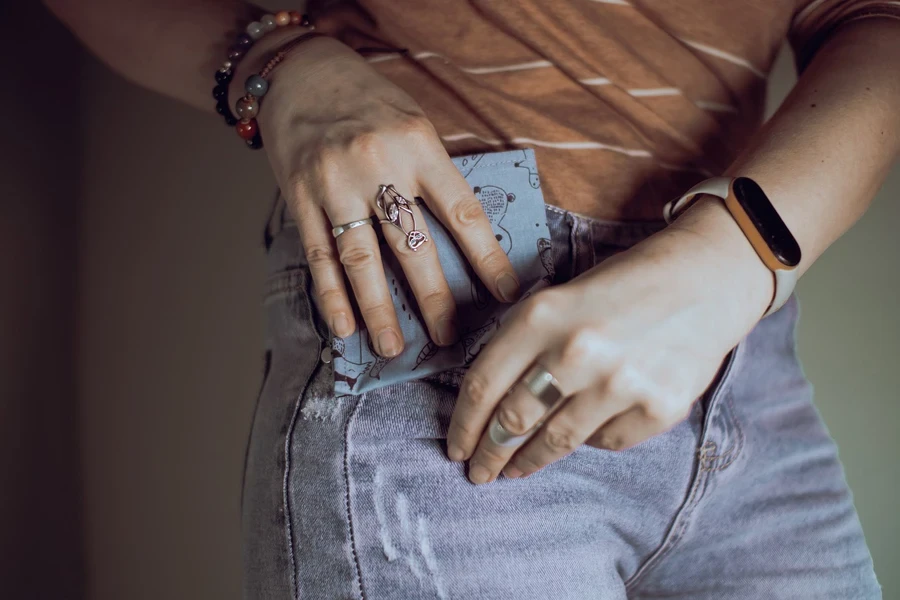
Cotton, silk, and linen: the top materials
Cotton handkerchiefs often utilize high-thread-count fabrics, such as Egyptian or Pima cotton, known for their soft, smooth texture and durability. These handkerchiefs are typically woven with a density of 200-300 threads per square inch, providing excellent absorbency without sacrificing softness. In addition, certain cotton handkerchiefs are treated for wrinkle resistance, enhancing their longevity through repeated wash cycles.
Silk handkerchiefs, often made from Mulberry silk with a standard weight of 16-19 momme, bring unparalleled softness and a natural sheen, making them especially suitable for fashion-forward consumers. This weight ensures a balance between luxury and durability, keeping the fabric breathable and less prone to snags.
Linen handkerchiefs are crafted from long-staple flax fibers, with a heavier weave structure that provides exceptional absorbency and resilience. Known for their high tensile strength, linen handkerchiefs endure years of use while developing a natural patina, making them highly desirable among those looking for a blend of style and utility.
Patterns and colors that make a statement
Handkerchiefs are available in a wide array of patterns and colors, each serving specific aesthetic or functional roles. Solid-color handkerchiefs often use traditional white, navy, or grey tones achieved through fiber-reactive dyes, which provide better colorfastness and resistance to fading, especially after exposure to repeated washing or sunlight. For those seeking vibrant styles, hand-printed and jacquard-woven patterns add depth and texture, often incorporating intricate designs such as paisley, floral, or geometric motifs. Jacquard-woven designs, in particular, offer a raised texture and intricate detailing that appeals to high-end markets. Embroidered borders and monogramming options are completed using high-thread-count embroidery techniques, ensuring that designs remain crisp without excessive wear. This level of detailing, especially in hand-sewn embroidery, offers both a personal touch and an upscale appeal.
Size variations and practical applications
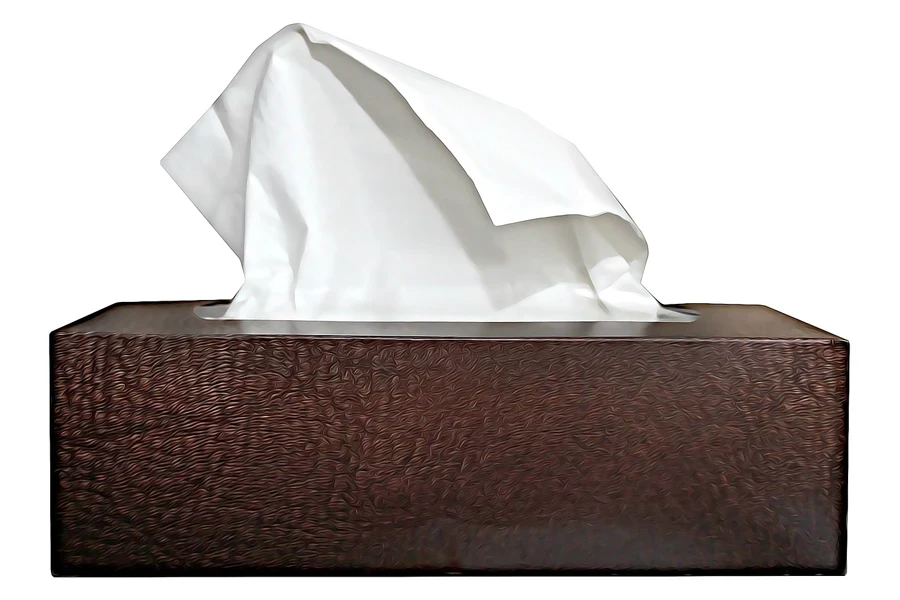
Handkerchiefs come in sizes ranging from 8 to 16 inches in square dimensions, with specific measurements catering to different purposes. Small handkerchiefs (8-10 inches) are ideal for portability, easily fitting into a shirt pocket or small handbag, while medium sizes (11-14 inches) offer a balance for general use without being cumbersome. Larger handkerchiefs (15-16 inches) are commonly used for decorative purposes, particularly as pocket squares in men’s formalwear or as elements in table settings. These larger handkerchiefs are also frequently tailored with double-fold hems, reinforced with 1/4-inch stitching, providing structural integrity and a polished look suitable for professional settings. Many premium handkerchiefs feature rolled edges, giving a neat finish that complements their formal application and contributes to their durability over time.
Specialty handkerchiefs for custom needs
Specialty handkerchiefs are tailored to specific functional requirements, including hypoallergenic materials and antimicrobial finishes. Hypoallergenic handkerchiefs often use untreated organic cotton or medical-grade fabrics that are free of dyes and formaldehyde, reducing the risk of skin irritation for those with sensitivities. Antimicrobial handkerchiefs incorporate silver ion or zinc-based treatments that actively reduce microbial growth by up to 99%, maintaining freshness and hygiene over prolonged use. Additionally, moisture-wicking treatments are applied to some specialty cotton and linen handkerchiefs, allowing for faster drying and a comfortable experience even in humid conditions. These specialty options underscore a focus on function and comfort, making them ideal choices for health-conscious consumers or those seeking high-performance accessories.
Essential factors when choosing premium handkerchiefs
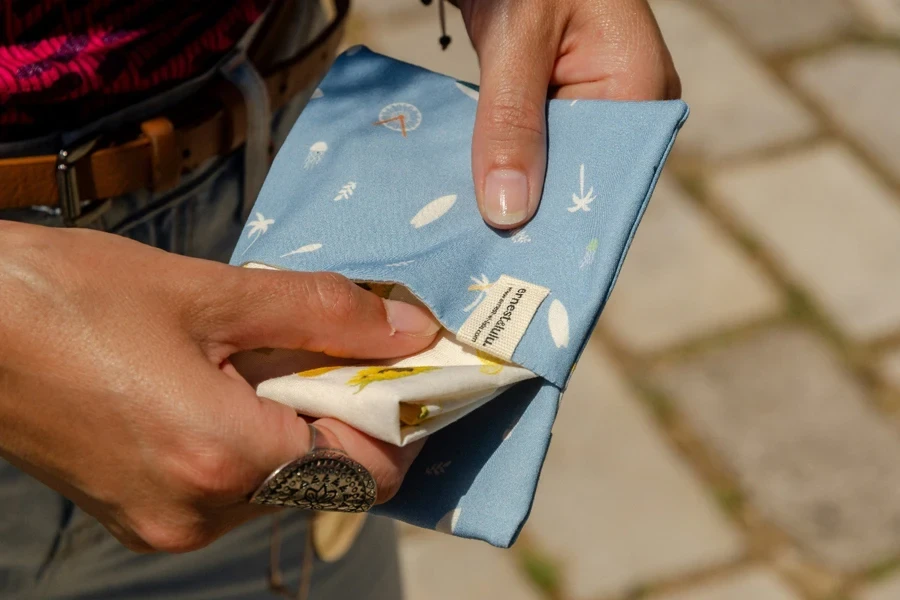
Material quality and longevity
High-quality materials are fundamental to ensuring both comfort and durability in handkerchiefs. Cotton, for example, is best when sourced from long-staple varieties such as Egyptian or Supima cotton, which offer a smooth texture and high wear resistance due to their dense fibers. Silk handkerchiefs should ideally be crafted from a minimum of 16 momme silk, providing a balance of softness and resilience that maintains its luxurious feel over time. Linen handkerchiefs made from long-staple flax are highly durable and develop an appealing texture with repeated use, adding to their aesthetic value. Precision stitching, especially reinforced hems and rolled edges, contributes significantly to a handkerchief’s longevity by preventing fraying and maintaining shape after frequent washes.
Design versatility and intended use
The choice of design, color, and pattern should be guided by the handkerchief’s intended use and the wearer’s personal style. For formal events, solid-colored handkerchiefs in neutral tones like white, navy, or black are timeless and versatile, complementing a range of attire without overpowering it. Casual settings allow for more expressive designs, such as printed patterns or vibrant colors, that reflect personal style and add a fashionable touch. Current trends include embroidered borders or monograms, which provide an upscale and personalized appeal. When selecting patterns, buyers often choose options that balance their wardrobe; for instance, bolder patterns can accentuate plain outfits, while subtle designs harmonize with more intricate attire.
Brand reputation and consumer feedback
Evaluating brand reputation is essential, especially for online purchases where tactile assessment isn’t possible. Established brands often adhere to higher quality standards, consistently delivering well-crafted products. Consumers should research brands with a proven track record in textiles, focusing on customer reviews that highlight aspects like fabric softness, durability, and true-to-image color quality. Verified customer feedback can offer insights into a brand’s consistency and quality, with attention to comments regarding comfort, stitching durability, and any issues such as color fading or fabric wear. Additionally, brands that specialize in premium or organic materials tend to provide greater assurance of quality.
Pricing and budget considerations
Setting a realistic budget is crucial when selecting premium handkerchiefs, as prices can vary widely based on material quality and craftsmanship. High-quality cotton or linen handkerchiefs can offer excellent value at a mid-range price, providing durability and comfort for everyday use. Silk handkerchiefs, while typically more expensive, deliver a unique texture and visual appeal that justifies the higher price for formal occasions. Consumers should remember that while higher-priced options can indicate quality, they do not always guarantee it. Comparing price points across brands while reviewing customer experiences can help in identifying options that provide both value and quality, ensuring that each purchase meets practical and aesthetic needs.
Maintenance and care for long-lasting quality
Proper maintenance extends the life of premium handkerchiefs, preserving both their texture and appearance. Handkerchiefs, particularly those made of silk or linen, should be hand-washed with mild detergents to avoid damage to fibers and prevent shrinkage. Cotton handkerchiefs can be machine-washed on a gentle cycle, but they benefit from air drying to maintain their shape and softness. When ironing is necessary, setting the iron to low heat and placing a cloth between the handkerchief and the iron prevents direct contact and minimizes fabric wear. For optimal storage, handkerchiefs should be folded neatly and kept in a dry, cool place away from direct sunlight, which can cause color fading and weaken fibers over time. These steps ensure that handkerchiefs retain their quality and functionality for years, making them a valuable addition to any wardrobe.
Conclusion

Premium handkerchiefs stand out as sustainable, versatile, and stylish accessories, meeting the needs of consumers who prioritize both function and eco-conscious choices. From everyday hygiene to formal elegance, these handkerchiefs offer a range of applications, backed by high-quality materials that provide long-lasting value. Their adaptability across personal and professional settings, combined with the potential for custom designs and sustainable options, makes them an appealing choice for today’s conscious buyers. Investing in premium handkerchiefs allows retailers to offer products that align with modern values while enhancing both style and practicality.
